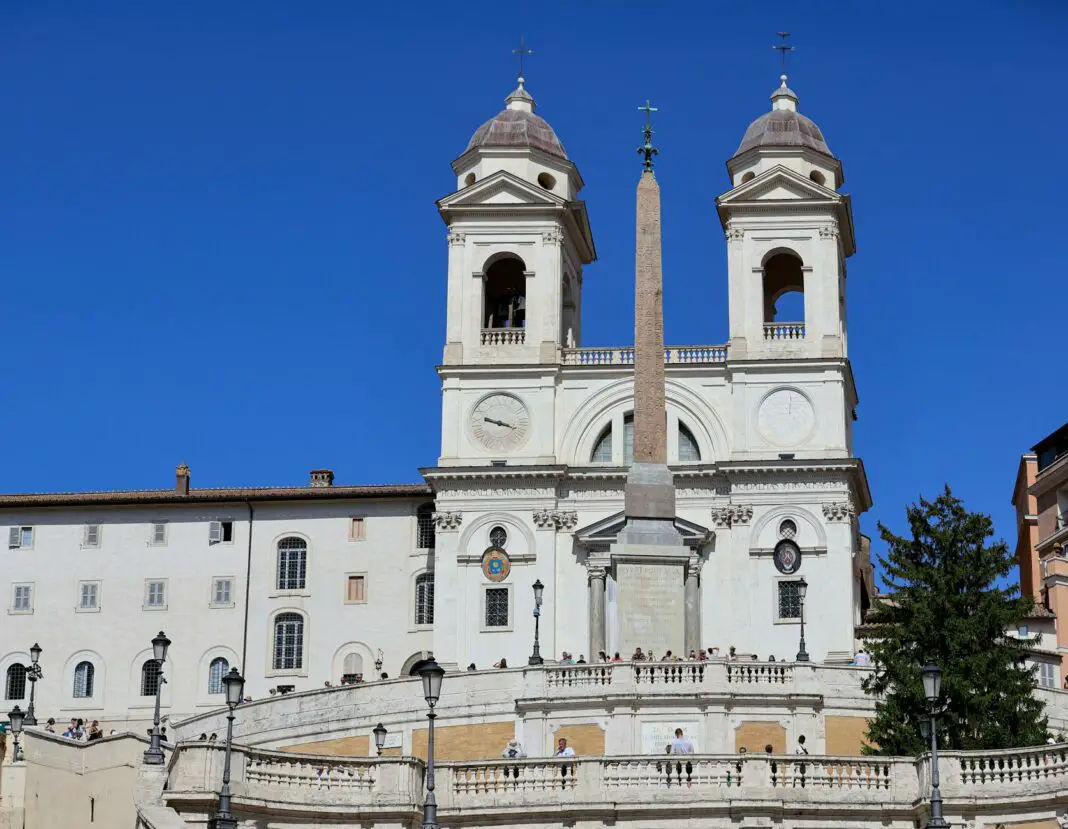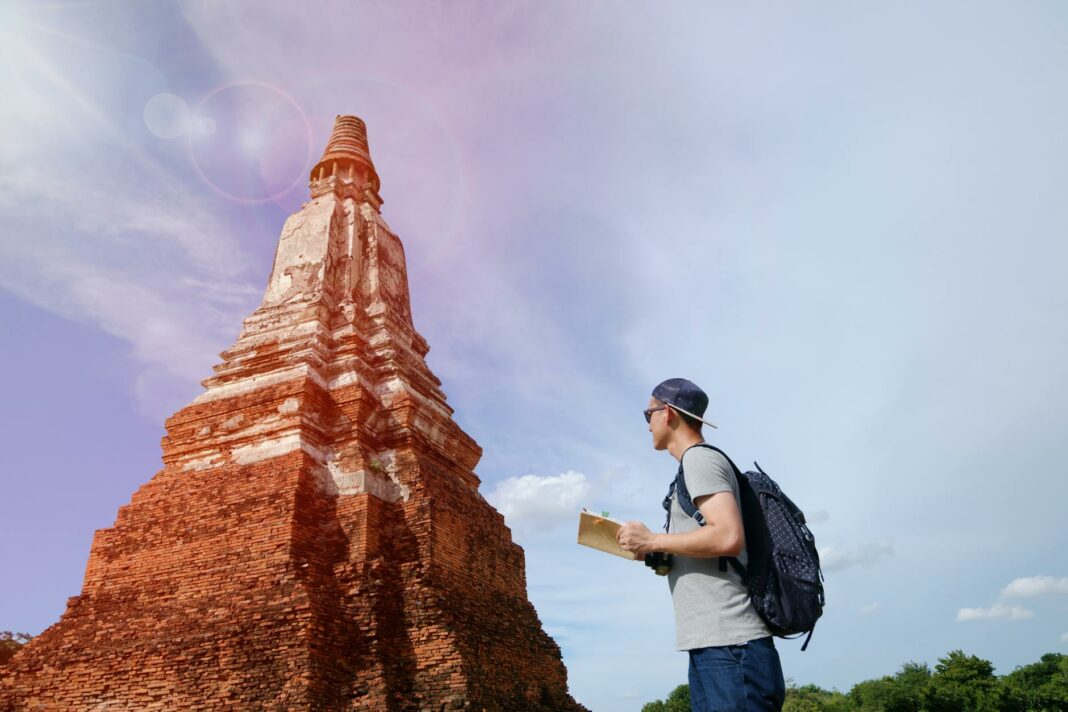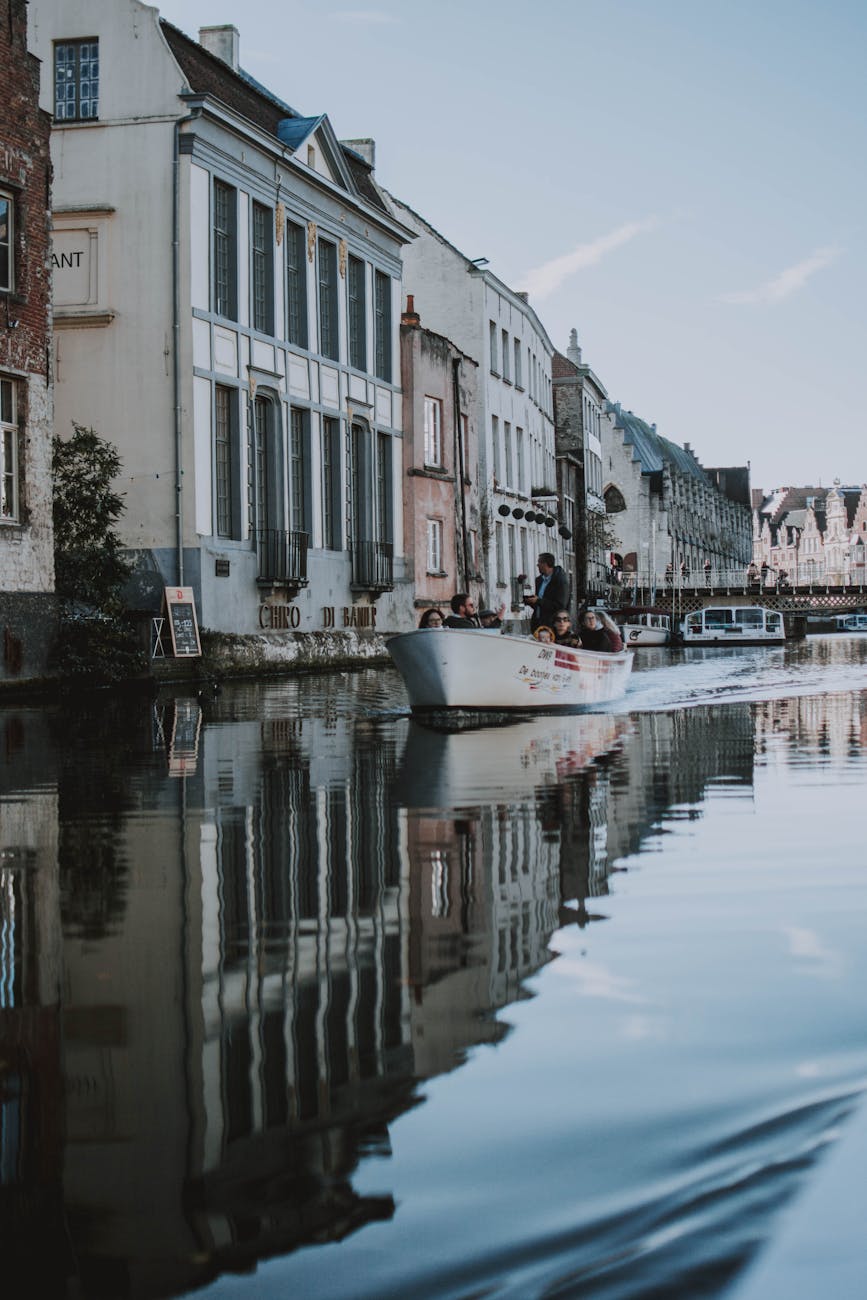The world is teeming with religious landmarks that stand as testaments to humanity’s quest for meaning and connection with the divine. Exploring these sacred sites not only enriches one’s spiritual journey but also provides a glimpse into various cultures and histories. From ancient wonders to contemporary masterpieces, each landmark offers a unique story, inspiring travelers to reflect and engage in deeper contemplation about life’s greater purpose.
This blog post highlights several religious landmarks that should undoubtedly find their way onto your bucket list. Each destination carries its own enchanting allure, beckoning travelers to immerse themselves in the serene beauty and profound significance of these iconic places. Get ready to embark on an inspiring journey as we explore key landmarks that weave together the threads of faith, culture, and history.
The Great Pyramid of Giza, standing tall on the outskirts of Cairo, is an awe-inspiring feat of ancient engineering and construction. Dating back over 4,500 years, this magnificent structure, originally built as a tomb for Pharaoh Khufu, reflects the grandeur of ancient Egyptian civilization and their intricate beliefs about the afterlife. As you stand at the base of this monumental pyramid, you cannot help but feel a sense of wonder at the ingenuity required to create such an enduring landmark.
Visiting the Great Pyramid offers an opportunity to delve into the mysteries of the ancient world. The surrounding complex, which includes the Sphinx and several smaller pyramids, invites exploration and contemplation. Imagine standing under the starry desert sky, reflecting on the countless souls who have marveled at this site through the ages. Hence, the Great Pyramid is not just an emblem of the past; it’s a cornerstone of human achievement that continues to inspire awe and reverence.
Nestled high in the Andes Mountains, Machu Picchu remains one of the most fascinating archaeological sites in the world. Often referred to as the Lost City of the Incas, this 15th-century citadel is renowned for its stunning terraced landscapes and remarkable stone construction. The journey to Machu Picchu combines an adventurous trek with breathtaking views, culminating in the moment when you first glimpse this ancient masterpiece emerging from the clouds.
Beyond its breathtaking scenery, Machu Picchu is steeped in cultural significance. The site serves as a symbol of Incan engineering prowess and spiritual dedication. As you wander through the ancient ruins, you can almost hear the whispers of history, connecting with the lives of those who once thrived here. An experience at Machu Picchu transcends photography and sightseeing, inviting introspection about humanity’s connection to nature and the cosmos.
The Vatican City encapsulates an unparalleled blend of spirituality, artistry, and history. As the epicenter of the Catholic Church, it houses the magnificent St. Peter’s Basilica and the awe-inspiring Sistine Chapel, where Michelangelo’s iconic ceiling captivates millions of visitors each year. The Vatican is not merely a destination; it’s a pilgrimage site that invites deep reflection and reverence.
Upon entering the Vatican, there’s an intoxicating sense of grandeur that fills the air. Standing in St. Peter’s Square, you can feel the weight of centuries of devotion encapsulated within the architecture. Every corner of this sacred space tells a story of faith, power, and creativity. By visiting the Vatican, one can engage with the rich tapestry of religious art and history, fueling both spiritual growth and aesthetic appreciation.
The Western Wall, an integral part of Jerusalem’s heritage, serves as a poignant reminder of cultural resilience and spiritual devotion. Known as the Kotel, this ancient stone wall is the last remnant of the Second Temple and attracts millions of visitors each year. Standing before this sacred site, you can’t help but feel the emotional weight that has been carried through generations, making it a place of deep reflection and connection.
As people from diverse backgrounds gather to pray and place notes into the cracks of the wall, a palpable sense of unity and history fills the atmosphere. That spirituality is embedded in the very stones themselves, resonating with the hopes and dreams of those who have come before. A visit to the Western Wall offers an unparalleled experience, allowing you to engage with the multifaceted history of Jerusalem while fostering a sense of peace and contemplation.
The Golden Temple, or Harmandir Sahib, is a stunning symbol of Sikh spirituality and community. Located in Amritsar, India, this magnificent temple brings together architectural beauty and a sacred atmosphere. The temple’s golden façade shimmering in the water is not only a sight to behold but a beacon of inclusivity and peace, welcoming individuals from all walks of life.
Sikhism emphasizes the importance of community service and equality, and the Golden Temple beautifully embodies these values. The Langar, or community kitchen, serves thousands of meals daily, showcasing the temple’s commitment to hospitality. When you step into the serene environment of the Golden Temple, you can experience a profound sense of belonging, transcending religious or cultural divides. Thus, it stands as a powerful reminder of shared humanity and the pursuit of inner peace.
Angkor Wat, often considered the largest religious monument in the world, is a magnificent temple complex located in Cambodia. Originally built as a Hindu temple dedicated to the god Vishnu, it later transitioned into a Buddhist site. This incredible architectural marvel is celebrated not only for its grandeur but for the intricate carvings and bas-reliefs that depict a rich tapestry of myths and legends.
Exploring Angkor Wat is like stepping back in time, where every passageway narrates a story steeped in spirituality and history. The sunrise views over the temple reflect a magical aura that captivates the soul. With its impressive architectural features and serene ambiance, Angkor Wat stands as a testament to the beauty of human creativity and the enduring power of faith throughout the ages.
The Sagrada Família, Antoni Gaudí’s unfinished masterpiece, mesmerizes visitors with its extraordinary design and spiritual symbolism. Located in Barcelona, Spain, this basilica beautifully intertwines gothic and modernist elements, creating a structure that appears to grow from the earth. It is punctuated by elaborate facades that narrate the life of Jesus Christ, inviting both reverence and awe.
Even in its unfinished state, the Sagrada Família thrives as a vibrant center of faith and art. Every visit captivates with its soaring towers and intricate details, encouraging a deeper contemplation of life and spirituality. Gaudí’s unique vision offers a glimpse into the harmonious relationship between nature, architecture, and faith. The Sagrada Família symbolizes the power of perseverance and creativity, making it an unforgettable destination for travelers seeking inspiration.
The Taj Mahal stands as a lasting symbol of love and devotion, an exquisite mausoleum built by Mughal Emperor Shah Jahan in memory of his beloved wife Mumtaz Mahal. Located in Agra, India, this breathtaking structure showcases intricate architectural beauty with its white marble dome and stunning gardens. Considered one of the Seven Wonders of the World, the Taj Mahal captivates visitors with its romantic narrative and impressive artistry.
Visiting the Taj Mahal is more than witnessing architectural brilliance; it is an experience steeped in emotion and history. As the sun rises and the marble reflects the warm hues, you feel the love story that transcends time. The color and atmosphere create a serene space for reflection and appreciation, reminding us of the power of love in its many forms. A visit to the Taj Mahal is a must for anyone seeking inspiration and understanding of humanity’s enduring quest for connection.
These iconic religious landmarks offer not only stunning visuals and rich histories but also connect us to larger narratives of humanity. Each site provides an exceptional opportunity to deepen your understanding of spirituality, culture, and the human experience. With each visit, you not only appreciate the beauty of these places but also reflect on their significance in the tapestry of faith and devotion shared across the globe. Whether you are driven by personal beliefs or curiosity, these landmarks promise to enrich your soul and broaden your horizons.
What is the best time to visit these religious landmarks?
The optimal time often varies by location, but generally, spring and fall tend to provide the most pleasant weather conditions, enhancing your exploration experience.
Are there any dress codes for visiting these sites?
Most religious landmarks do enforce dress codes to respect local customs, typically requiring modest attire, so it’s always wise to check ahead of time.
Can my family participate in these religious practices at these landmarks?
Many sites welcome visitors to participate in rituals and ceremonies, though it’s essential to approach with respect for local traditions and guidelines.
How can I prepare spiritually before visiting a religious site?
Taking time for personal reflection, studying the history and significance of the site, and entering with an open heart can greatly enhance your spiritual experience.
Is it safe to travel to these landmarks?
Safety often depends on the current political and social conditions in each region. Checking travel advisories and staying informed will help ensure a secure and enriching visit.
Image Credit: Pexels





